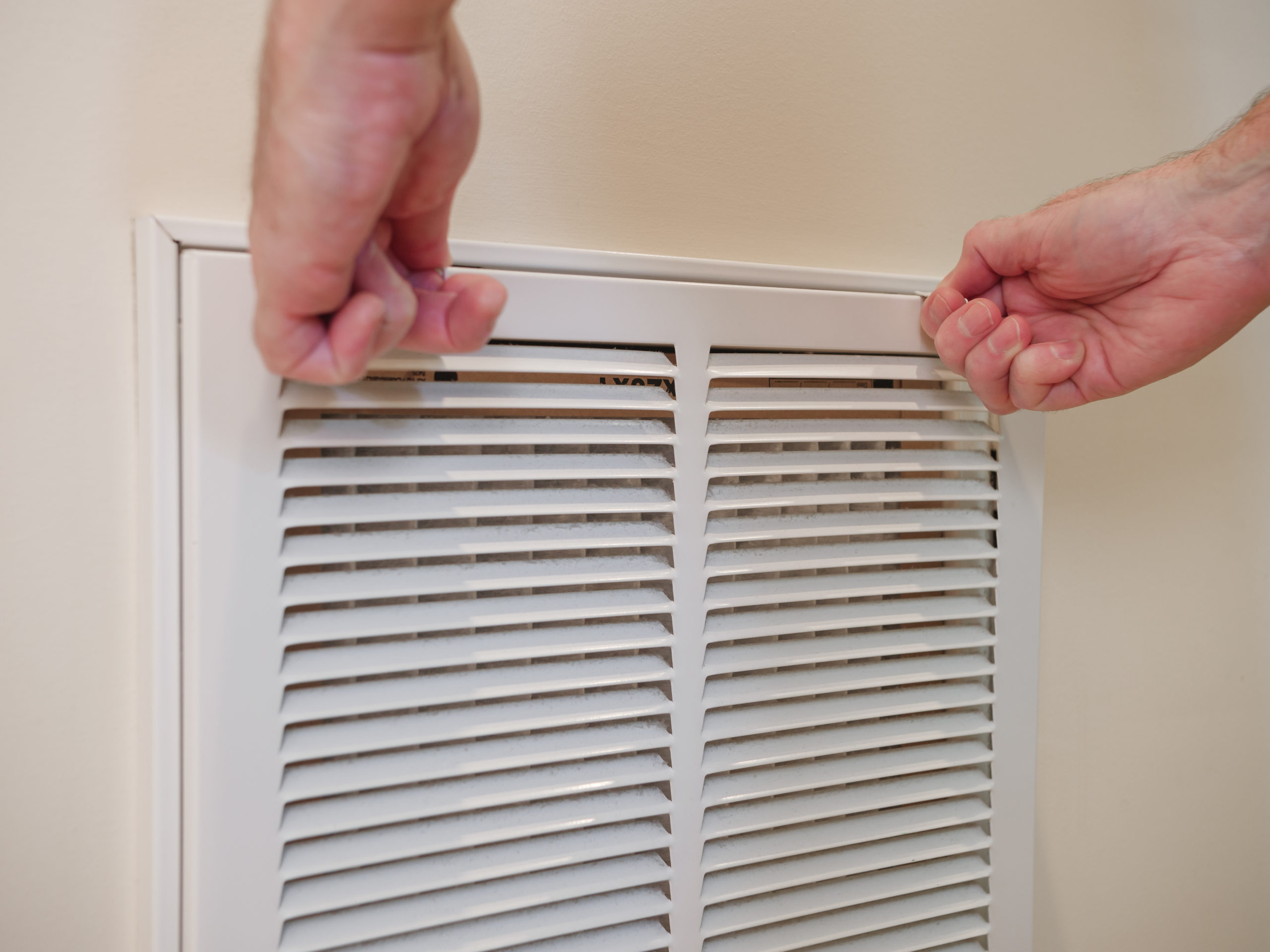Home Maintenance Skills Every Homeowner Should Master

There are some basic home maintenance tasks that every homeowner should know how to do. Don’t waste money on a handy man – these maintenance skills can be learned and mastered by just about anyone. Read these seven home maintenance tasks to see if you’re a top-notch homeowner.
1. Cleaning The Gutters
Every homeowner should know how to clean their gutters. Failure to do so at least twice a year can result in foundation damage, roof leaks, rotted wood, and more. Not only that, but properly maintaining your gutters can help them last up to 20 years, and depending on the material your gutters are made with, up to 50 years. It’s best to get this task done in the spring and fall to avoid the extreme weather that comes in the summer and winter. In order to clean your gutters, you’ll need to get up on a ladder. Be sure to update yourself on proper ladder safety before cleaning your gutters, and if you don’t think you’re up for the job, call a professional for help.
2. Resetting Circuit Breaker
Some common reasons why your circuit breaker may have tripped are from an overloaded circuit, short circuit, or ground fault. A circuit overload is the most common culprit; you can prevent a circuit overload by running fewer appliances at the same time on that particular circuit. To reset your circuit breaker, first locate your circuit breaker and find the breaker that is near the “off” position or not fully in the “on” position. Then, you must turn the breaker completely to the off position before turning it on again. When the switch moves back to the on position, your power should be restored. If power is not restored, try flipping it off and on again. If the problem persists, you may have a short or some other issue that needs to be fixed before you attempt to switch it on again.
3. Drying Out a Flooded Basement
Depending on your area, your basement flooding from heavy rain is just a matter of time. It’s best to be prepared and know what to do before it happens. Check out our article on What to Do if Your Home Floods to learn more about what to do initially when you find your home has been flooded. After the standing water has been removed, it’s time to bring out the towels, fans, and dehumidifiers to soak up the lingering moisture. It’s important to tackle this as quickly as possible because your basement will be in danger of developing mold that can be dangerous.
4. Changing HVAC Air Filters
Your HVAC systems use filters to trap dust, pollen, and other debris to prevent your system from spreading those irritants throughout the home. Every system has a different filtration system, but most will require cleaning or replacing filters on a monthly or quarterly basis. Maintaining your HVAC filters will help improve air quality, reduce the chance of breakdowns, and give you peak performance during the summer months. You can check your HVAC owner’s manual to confirm which kind of filter you need to buy.
5. Checking Smoke Alarms and Carbon Monoxide Detectors
According to the U.S. Fire Administration, three out of five home fire deaths result from the fires in properties without working smoke alarms. This may be one of the most important maintenance tasks you should know how to do, if nothing else on this list. Your smoke alarms and carbon monoxide detectors should be tested monthly to ensure they are working properly. While you are checking if your alarms are working properly, also make it a habit to wipe off any dust, dirt and grime from your detectors. Dust, dirt and grime can build up over time and make it hard for your detectors to sense smoke or carbon dioxide when an emergency situation arises. You can wipe them down with a damp cloth or vacuuming the surface with a soft brush attachment.
6. Finding Wall Studs
Locating the studs in your wall comes in handy when hanging artwork, TV wall mounts, mirrors, shelves, and much more. Studs are the vertical 2 by 4 inch beams that support the frame of your home. Besides purchasing an electronic stud finder to easily find the studs in your walls, there are other ways to locate the studs. Studs are generally spaced 16-24 inches apart on center; meaning from the center of one stud to the next, they are 16 inches apart. With no tools whatsoever you can use the tapping method. Alternatively, if you have a magnet on hand, you can slide the magnet against the wall and the magnet will be attracted to the steel drywall screws. Keep in mind with the magnet method that all nails and screws will not always be perfectly in the center of the stud, and also the fact that some studs have metal protector plates.
7. Turning Off the Gas
Typically, there is no reason to shut off your gas at the meter, even after a natural disaster. Unless you smell, see, hear or suspect that gas is escaping into your home, do not attempt to turn off your gas service at the meter. Once your gas is turned off though, you will need to contact your gas provider to come turn it back on as turning the gas back on should only be handled by a knowledgeable professional. In an emergency, your gas can be turned off at the main gas shutoff valve that’s normally located near your gas meter. Be sure you are prepared in an emergency by knowing where your gas valve is and having a wrench in an easily accessible spot to be able to turn it off.




